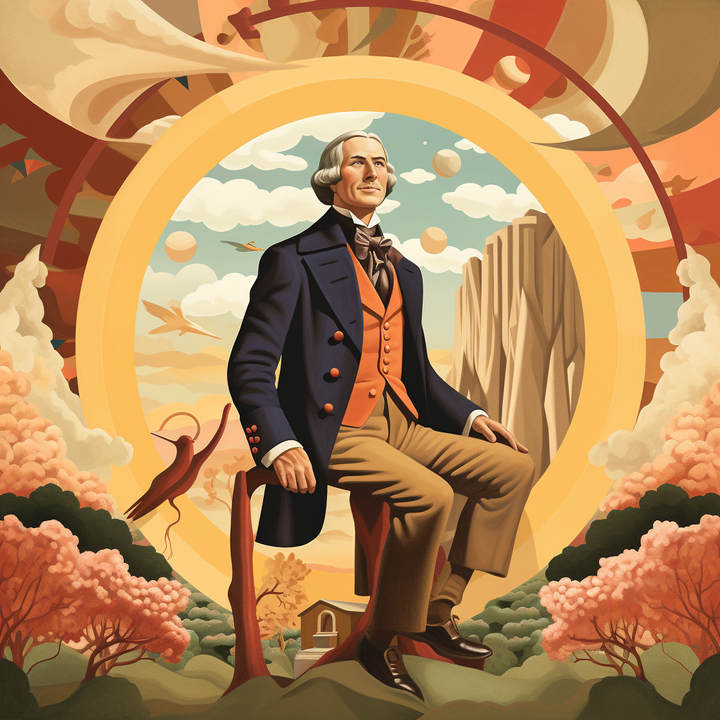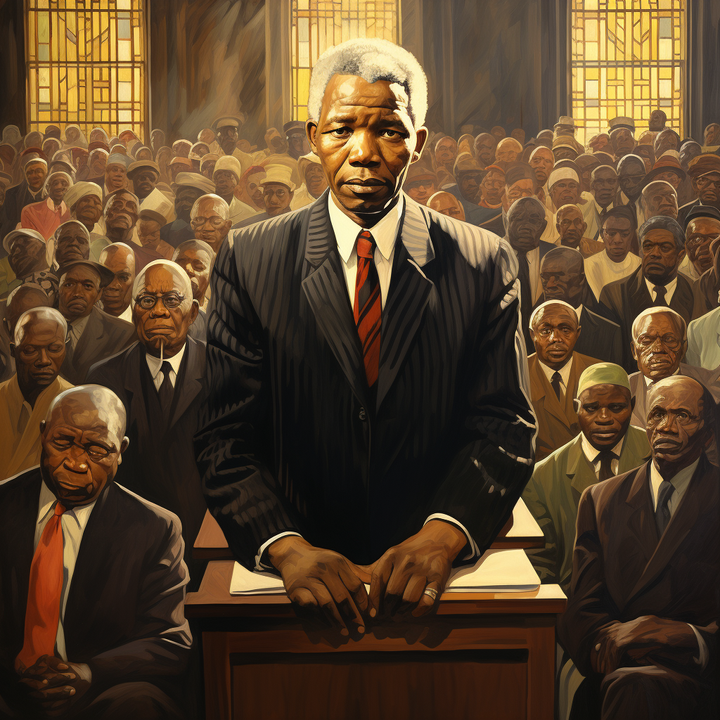George Washington and the Whiskey Rebellion

The Whiskey Rebellion of 1794 presents a critical moment in George Washington's presidency, where his leadership faced the challenge of suppressing an internal uprising.
His handling of this insurrection showcased a nuanced balance of firmness and restraint, reflecting his deep understanding of the delicate nature of the young American nation and the need for a measured approach in law enforcement.
Factual Details of The Whiskey Rebellion
Year: 1794
Location: Western Pennsylvania, USA
Event: The Whiskey Rebellion
The Whiskey Rebellion was a violent uprising by farmers in western Pennsylvania who opposed the federal excise tax on whiskey.
As the first serious test of federal authority, Washington had to respond effectively to maintain the rule of law and the power of the new federal government.
Recognizing both the need to assert federal authority and the dangers of excessive force, Washington personally led a large militia force to the area but took care to avoid unnecessary violence and offered pardons to rebels willing to pledge future obedience to the laws.
This approach successfully quelled the rebellion with minimal conflict.
Key Outcomes:
- Successful assertion of federal authority and the supremacy of law without resorting to extensive violence.
- Strengthening of the new federal government's ability to levy and collect taxes.
- Demonstration of Washington's leadership capabilities in balancing authority with restraint.
Leadership Lessons from Washington’s Handling of the Whiskey Rebellion
Balancing Authority and Compassion:
- Washington's response to the rebellion illustrates the importance of balancing authoritative action with compassion and understanding.
Strategic Use of Force:
- His decision to personally lead the militia, while ensuring minimal violence, reflects a strategic and measured approach to the use of force.
Upholding the Rule of Law:
- The effective suppression of the rebellion underscored the importance of upholding the rule of law in establishing a functional and authoritative government.
Conflict Resolution:
- Washington’s offer of pardons to the rebels who pledged future obedience demonstrated his foresight in conflict resolution and reconciliation.
Preserving National Unity:
- His approach was guided by an overarching goal of preserving national unity and avoiding actions that could further alienate citizens.
How Today's Leaders Can Use This Lesson
- Strive for a balance between asserting authority and demonstrating empathy and understanding in leadership decisions.
- In conflict situations, consider the strategic use of force or authority, aiming for resolutions that minimize unnecessary aggression or harm.
- Uphold the rule of law and organizational policies firmly but fairly, ensuring that actions are seen as legitimate and justifiable.
- Employ conflict resolution strategies that emphasize reconciliation and long-term relationship building.
- Make decisions with an eye toward preserving unity and cohesion within the organization or community.
Concluding Thoughts
George Washington's management of the Whiskey Rebellion is a compelling example of leadership that combines firmness with restraint. His approach in this challenging situation provides valuable lessons for contemporary leaders on maintaining authority while being mindful of the broader implications of their actions.
Your Reflection
- Consider how you can apply a balanced approach to enforcing rules or policies in your leadership role.
- Reflect on how you might resolve conflicts in a way that upholds standards while fostering reconciliation and unity.
- Think about ways to demonstrate both firmness and compassion in your decision-making processes.



